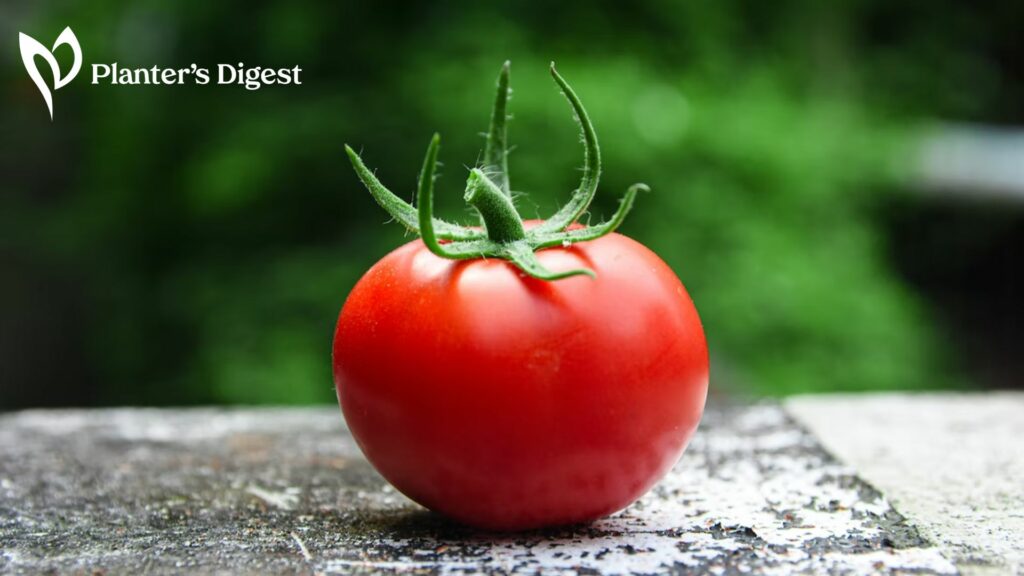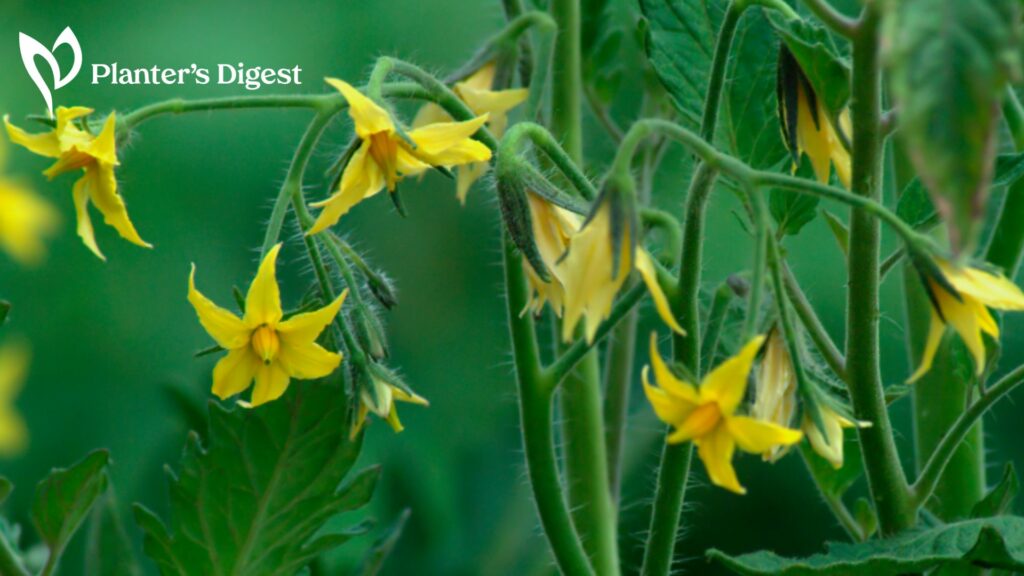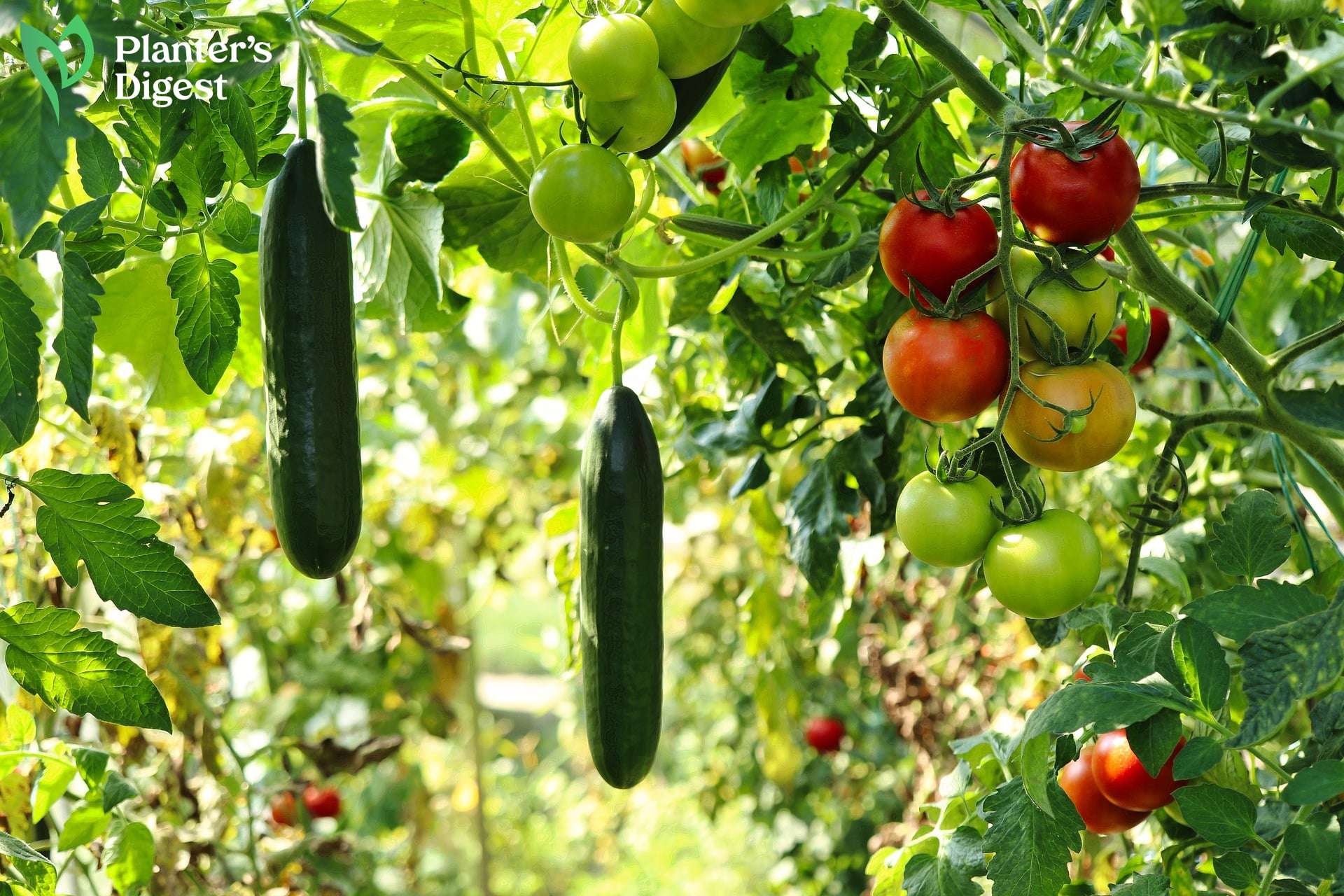
Is your tomato plant growing out of control or taller than you expected?
Don’t worry; we’re here to help you understand the cause of your tomato plant’s excessive growth and how to control them. Let’s dig in!
What is the average height of a tomato plant?
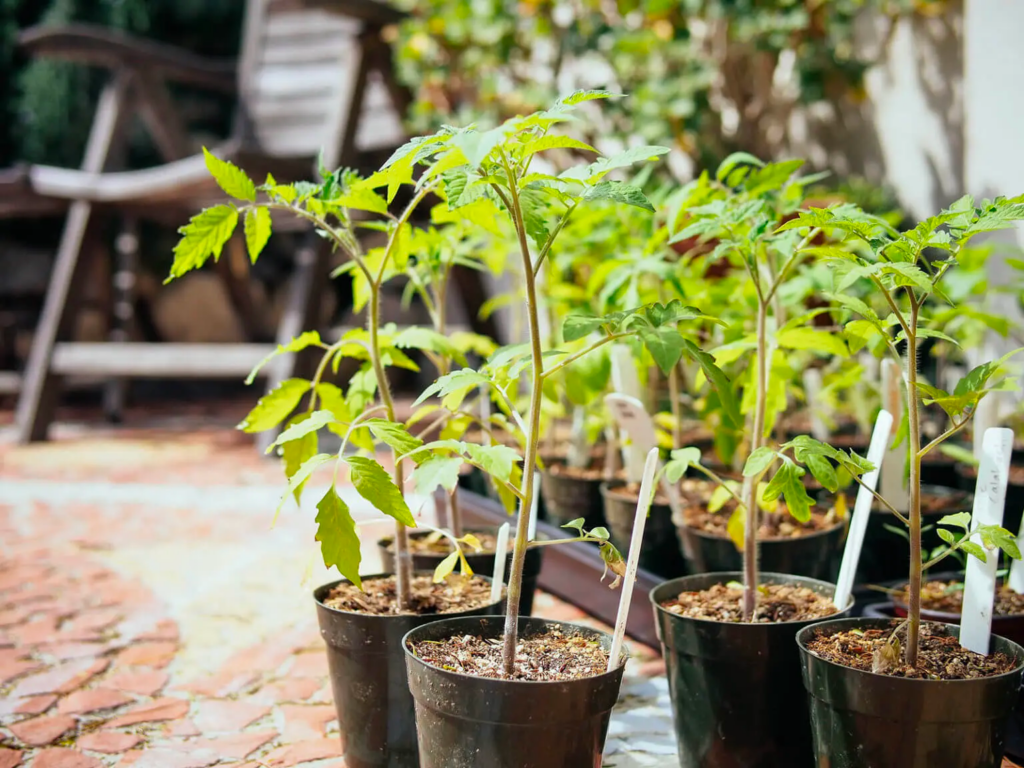
Depending on their variety, tomato plants typically grow 5 to 8 feet tall. Determinate tomato varieties grow as tall as 5 feet, while indeterminate varieties grow 8 feet or above.
It’s crucial to maintain the plant’s height within the proper range.
If you let them grow too tall, the added weight will prevent them from bearing more fruit. On the other hand, keeping your tomato plant too short will deprive them of space for maturity and produce more fruits.
6 Reasons Why Tomato Plants Grow So Tall
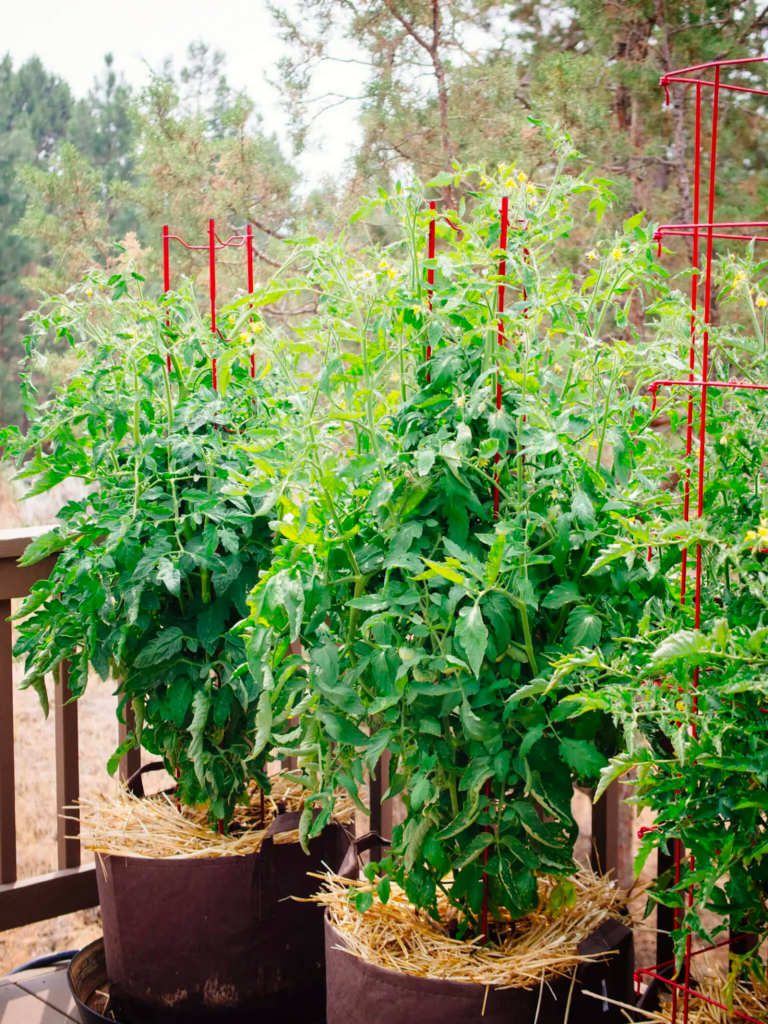
Tomato plants tend to grow tall because of over-fertilization, use of indeterminate varieties, lack of pruning, lack of or insufficient sunlight, extreme heat and lack of space.
Let’s discuss each of these reasons and how you can address them.
1. Over-fertilization
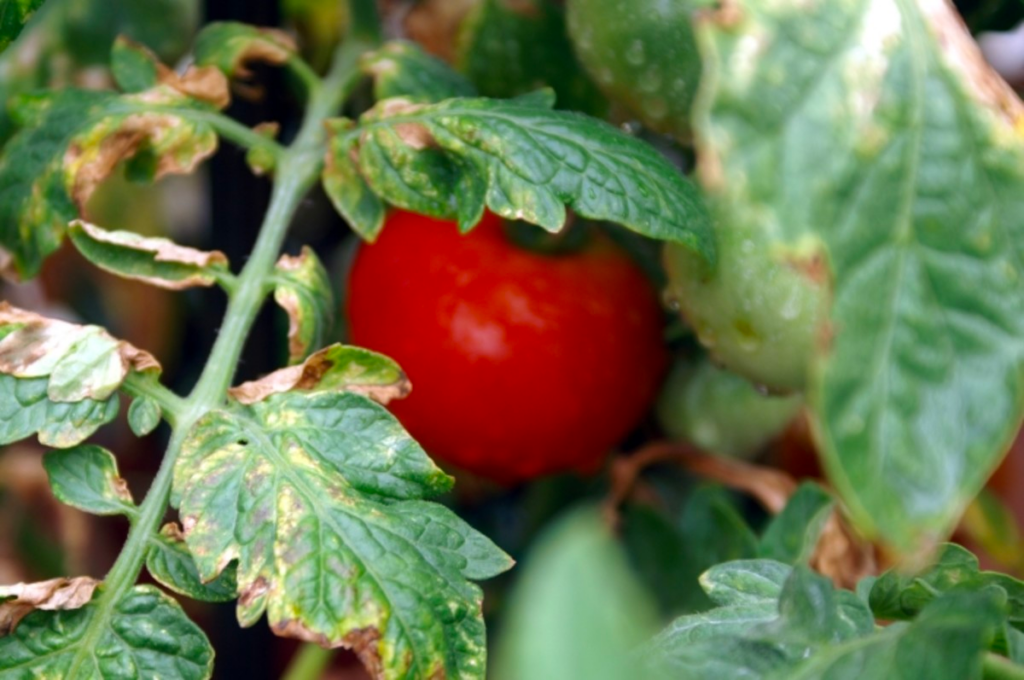
| How to Fix | Use low-nitrogen fertilizers. |
When tomato plants receive too much nitrogen from fertilizers, they tend to grow taller stems and more leaves but fail to produce flowers and fruits.
Although nitrogen causes the tomato plant’s rapid vegetative growth, it still fails to strengthen the whole plant because of the nutritional imbalance.
| How to Fix • Use low-nitrogen fertilizers. Conduct a soil test and apply the needed nutrients based on the results. Restore the NPK balance in your soil and tomato plant using low-nitrogen fertilizers. For instance, you can apply potassium and phosphorus-rich fertilizers to encourage your tomato plant to produce fruits and flowers. |
2. Use of Indeterminate Tomato Varieties

| How to Fix | Choose the right tomato variety according to your needs. |
Indeterminate tomato varieties tend to grow as high as they can until the season’s first frost. Because of their long growing season, you’ll probably end up with tomato plants that are now as high as 8 feet or more.
Tall tomato plants make it difficult to harvest fruits and risk them from falling to the ground due to strong winds.
| How to Fix • Choose the right tomato variety according to your needs. Indeterminate varieties grow taller than determinate ones. With this information in mind, you can now choose the proper tomato variety that will fit your gardening space, goals and preferences. |
3. Lack of Pruning

| How to Fix | Prune and train your tomato plant regularly. |
Pruning your tomato plant effectively controls its height and allows it to grow into a more compact habit.
This way, you can guide your tomato plant to grow into your desired shape and size. You can even use stakes, cages, arbors and trellises to train your tomato plant and provide them with the proper support.
| How to Fix • Prune and train your tomato plant regularly. Pruning and training your tomato plant regularly will control its height toward your desired shape and size. This will also improve air circulation around the plant and reduce the risk of contracting plant diseases. |
4. Lack of or Insufficient Sunlight

| How to Fix | • Choose a sunny location. • Provide adequate spacing between plants. |
Tomatoes are sun-loving plants. They need to receive at least 6 to 8 hours of full sun every day.
So, when they do not get the right amount of sunlight, these tomato plants grow tall and thin spindly. When this happens, the plant stretches itself as tall as possible, trying to reach out for sunlight.
Unfortunately, this lean growth of your tomato plant will cause a decrease in your tomato harvest.
| How to Fix • Choose a sunny location. Place your tomato plant in an area where it will get the optimum sunlight. You can also remove branches or objects that may cover the tomato plant’s access to sunlight. • Provide adequate spacing between plants. Check if tall leafy plants are near your tomato plant because they might be competing with sunlight access with your tomatoes. Prevent this problem by providing 1 to 3 feet of distance between plants in your garden. |
5. Extreme Heat
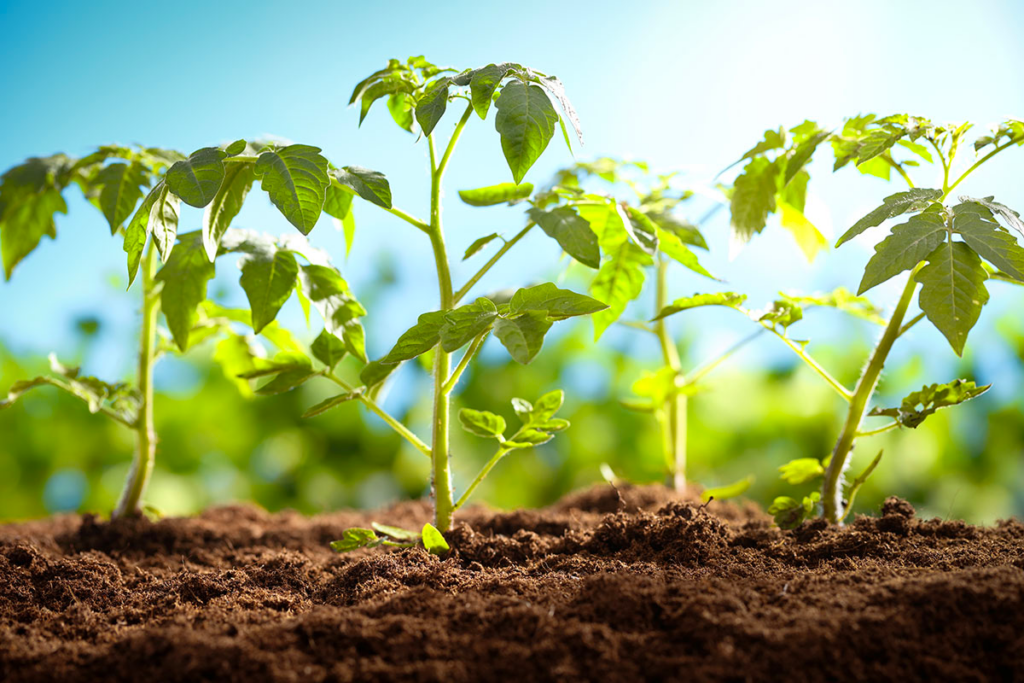
| How to Fix | Provide shade during the hottest part of the day. |
High temperatures cause tomato plants to grow rapidly but with weaker stems and at the expense of reduced fruit production.
| How to Fix • Provide shade during the hottest part of the day. Use cloth or any cover to provide shade for the tomato plant during the hottest part of the day to regulate its temperature and protect it from heat stress. |
6. Lack of Space

| How to Fix | Provide adequate space between plants. |
When plants are grown too close to one another, they tend to compete for light. To reach the light source, tomato plants grow taller to get more sunlight from above.
| How to Fix • Provide adequate space between plants. A rule of thumb in planting tomato plants is to leave between 1 to 3 feet of space from other plants to prevent competition from sunlight, water and nutrients. This will also promote healthier plant growth, better airflow and reduced risk for plant diseases. |
How to Control Tomato Plant Height
Here are practical ways to control the height of your tomato plants.
1. Use an arbor.
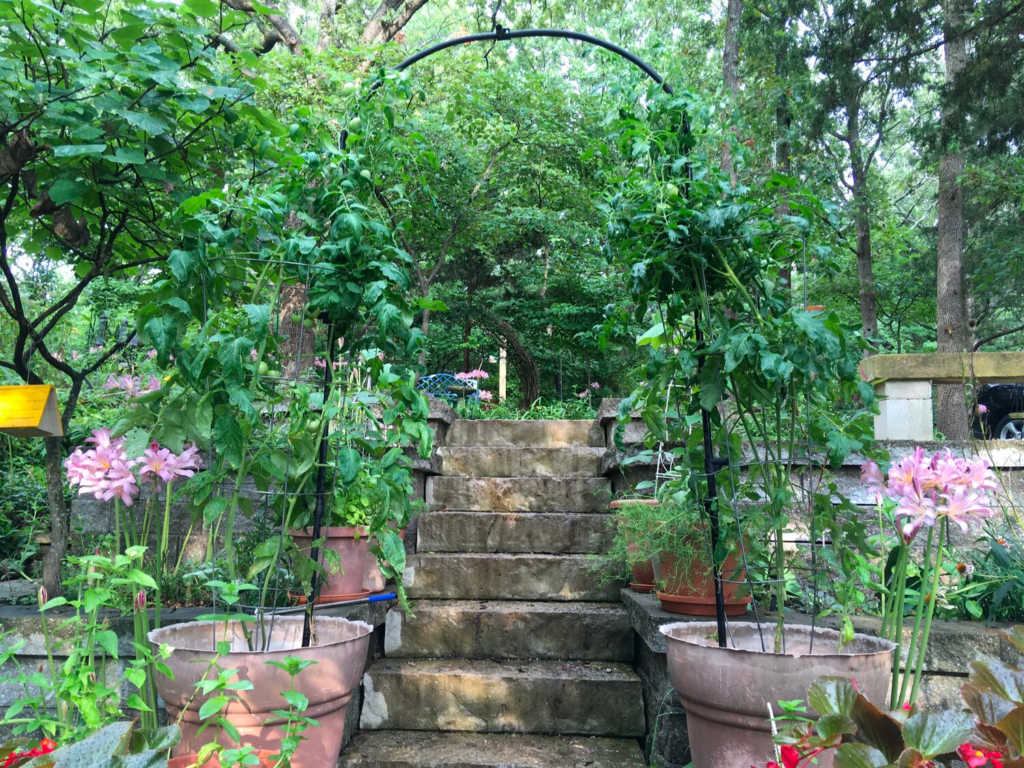
Arbors are a great garden feature that you can place at the entrance of your garden. Once your tomato plant grows out of control, use an arbor to let it climb to another side instead of going upward.
This way, harvesting fruits will be more accessible as you keep them closer to the ground using those A-shaped trellises.
2. Provide taller support structures.
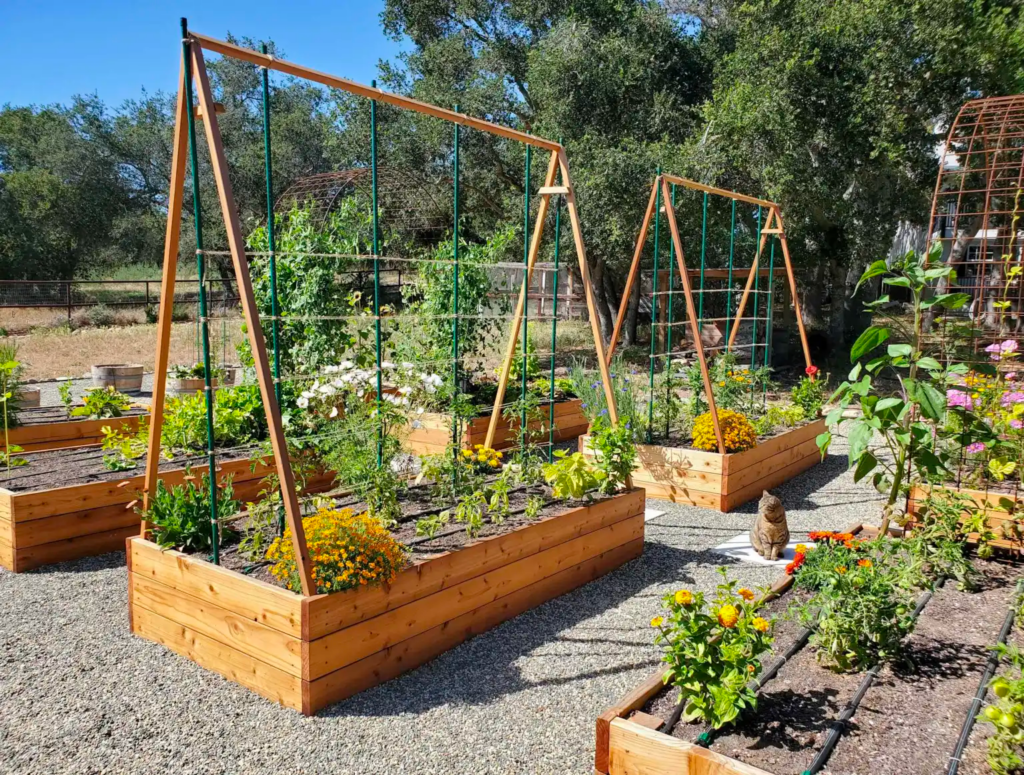
When planting indeterminate tomato varieties, prepare tall stakes where they climb and grow.
To keep them sturdy, drive 2 feet of the stake onto the ground for every 10-foot tall stake. This way, the tomato plant will have 8 feet of pole to climb.
3. Prune indeterminate tomato plants.

When arbors, trellises and stakes are still not enough to stop your plant from growing, you can resort to “topping off” or pruning the top part of the plant.
Topping off the tomato plant will prevent them from falling to the ground when they outgrow the support structure. Simply cut off the top part of the main vine or snap off the top stem using our bare hands.
Topped tomato plants also produce larger and higher yields because the plant’s energy is redirected into growing fruits instead of growing taller.
However, do not remove too many leaves when pruning your plant. These leaves also protect tomatoes from getting sunscald or white spots due to excessive sun exposure.
FAQs on Tall Tomato Plants
Tall tomato plants lead to weak stem development and less chance of producing fruits and flowers.
It depends on the tomato plant variety. Indeterminate varieties tend to grow taller and can bear more fruit more than once, while determinate varieties are shorter but can still produce large yields once in a season.
Tall tomato plants can be used as a garden feature using arbors. By training the tomato plant to follow the arbor’s shape, you can have an arch of tomatoes at the entrance of your garden.
Tomato plants that grow tall but fail to make tomatoes suffer from the nutritional imbalance caused by excessive amounts of nitrogen.
Nitrogen diverts all the plant’s energy in growing, leaving little to no energy to produce fruits and flowers.
Nitrogen-rich fertilizers are best applied to tomatoes during their growing season. On the other hand, potassium and phosphorus-rich fertilizers should encourage tomato plants to produce fruits and flowers.



